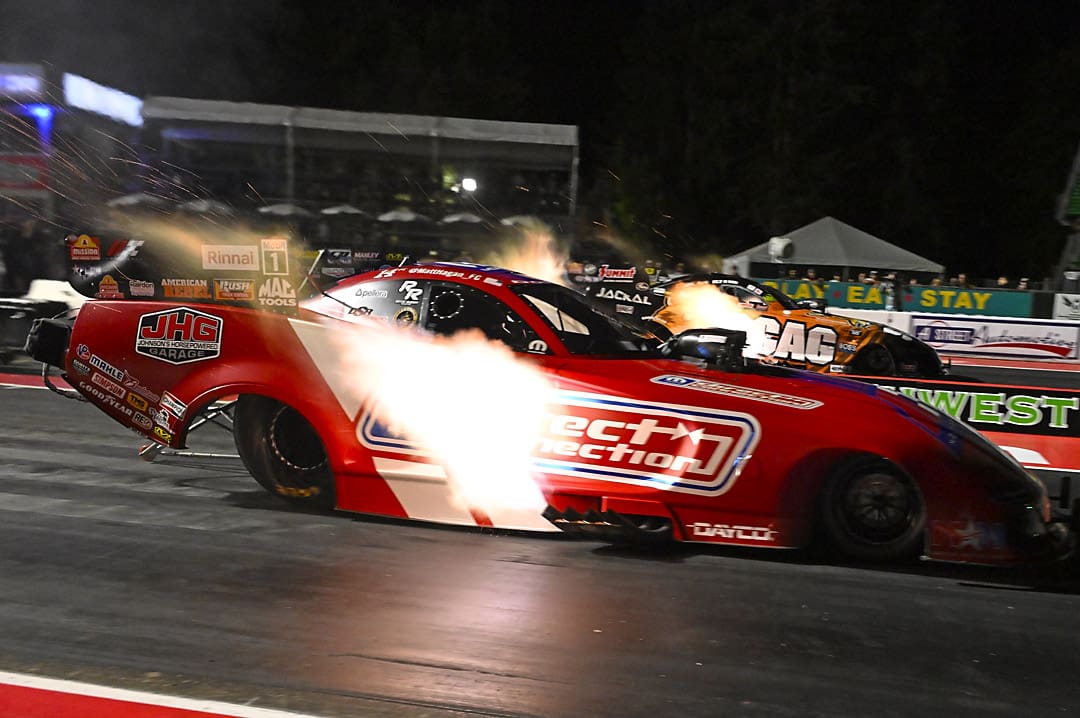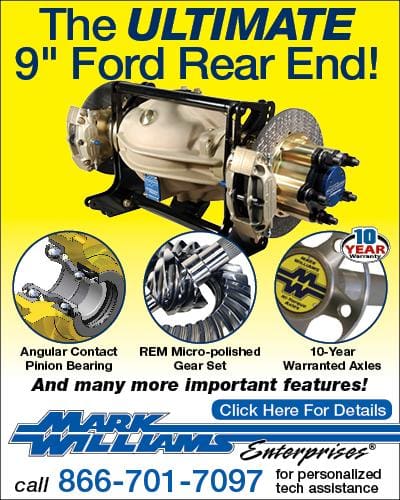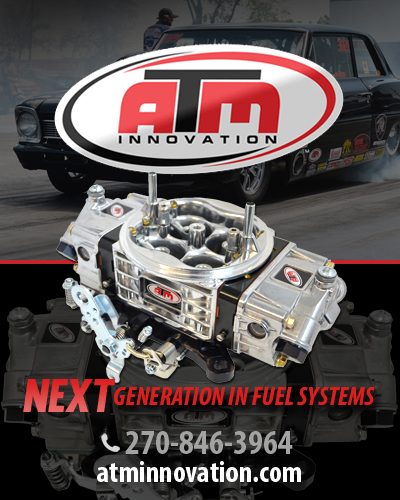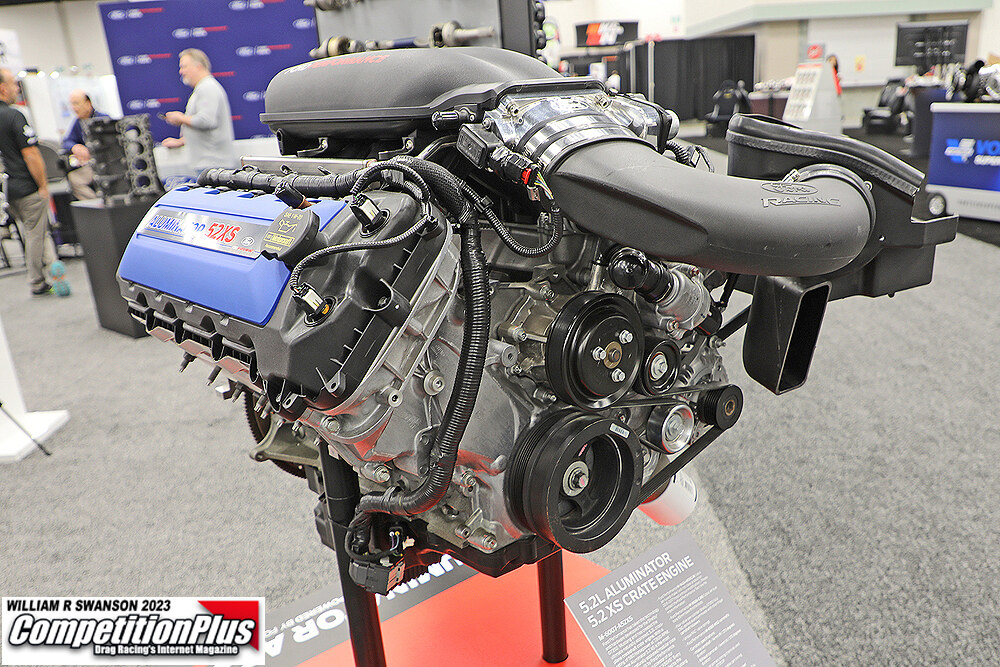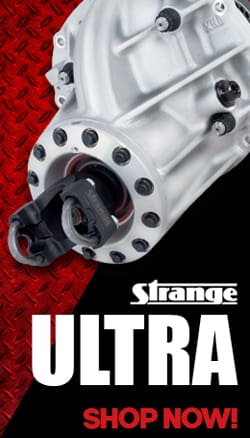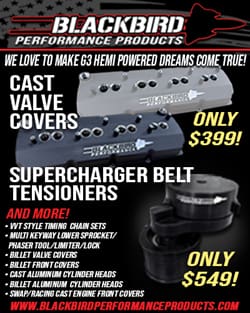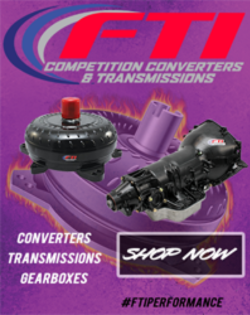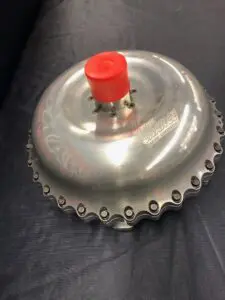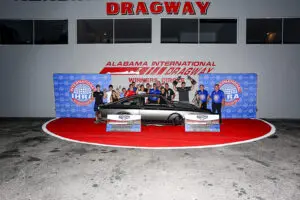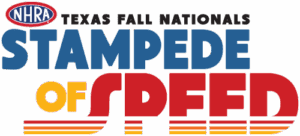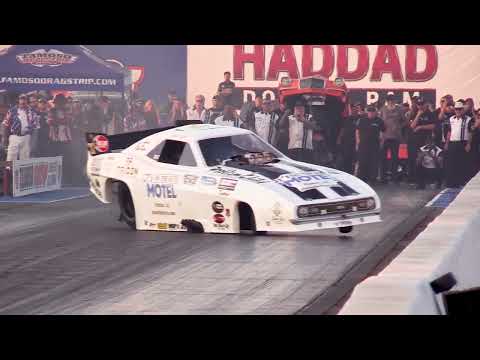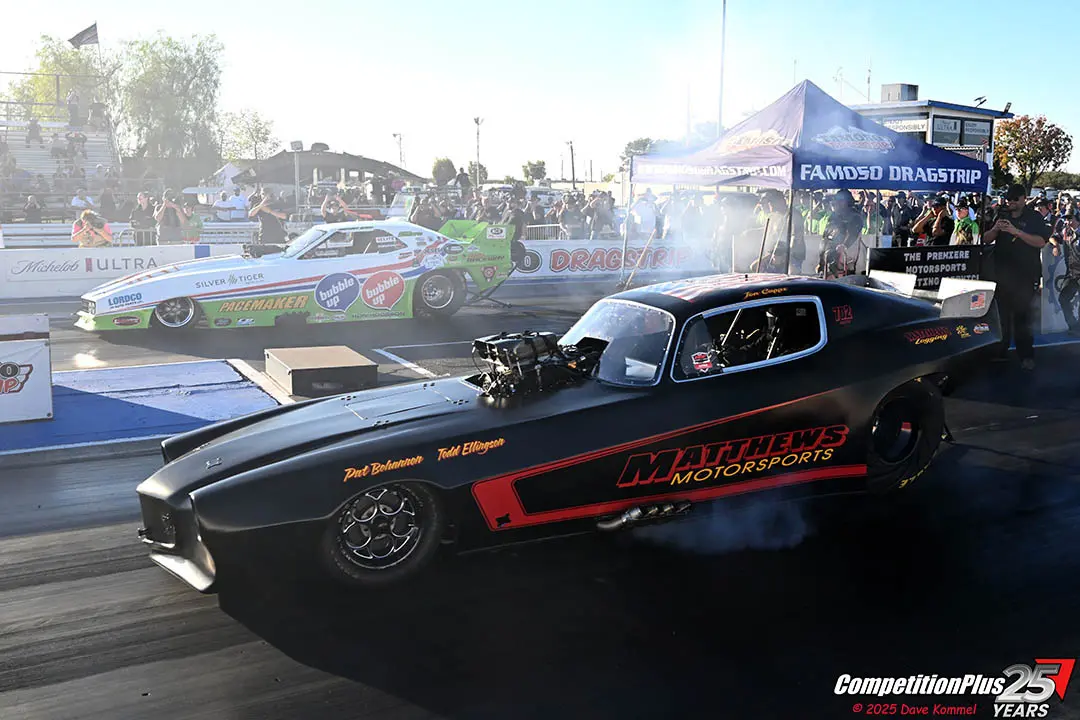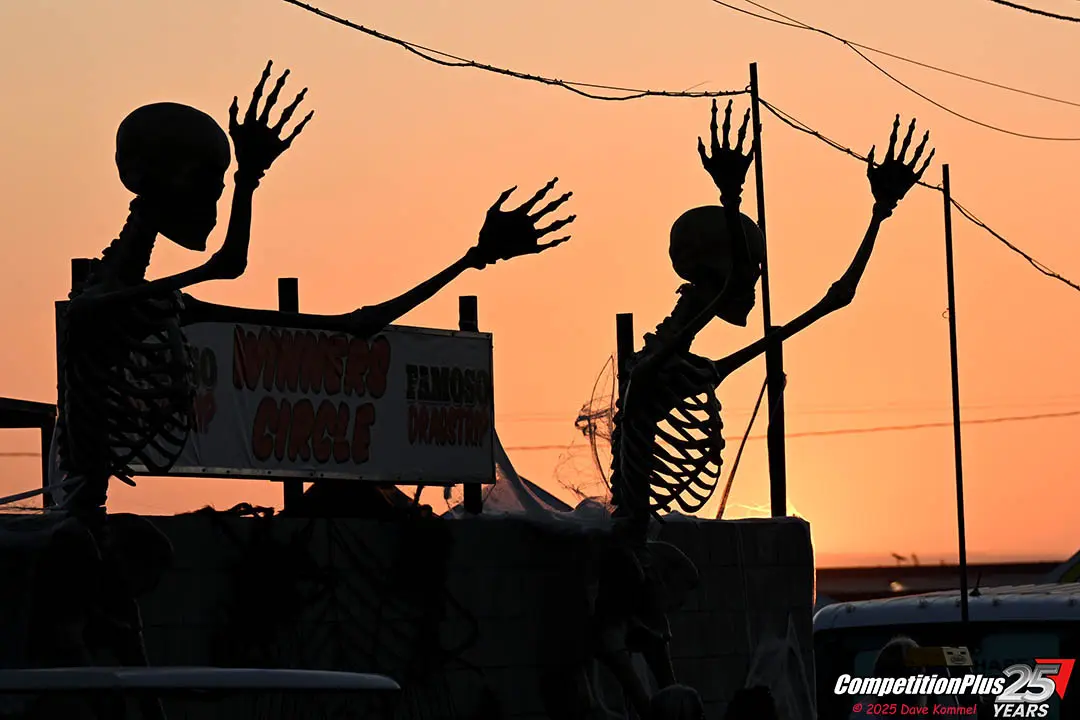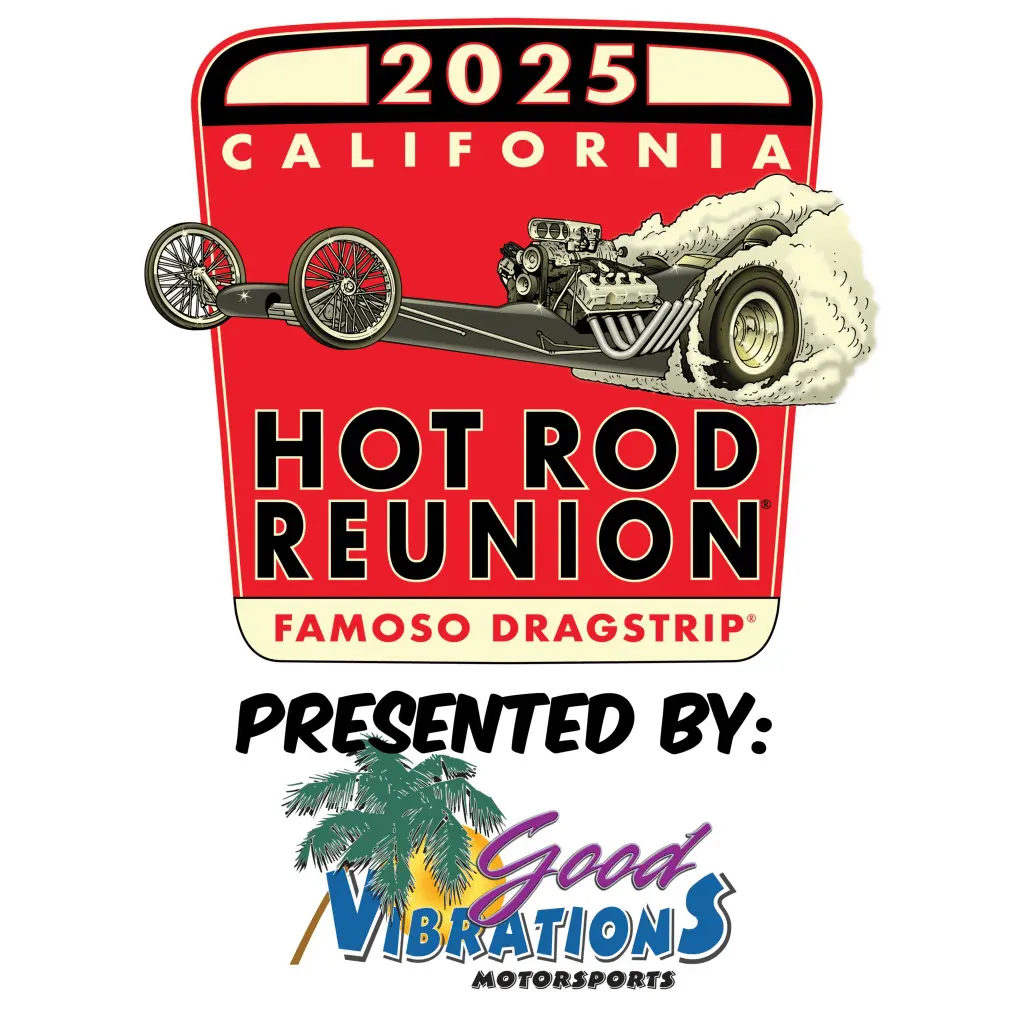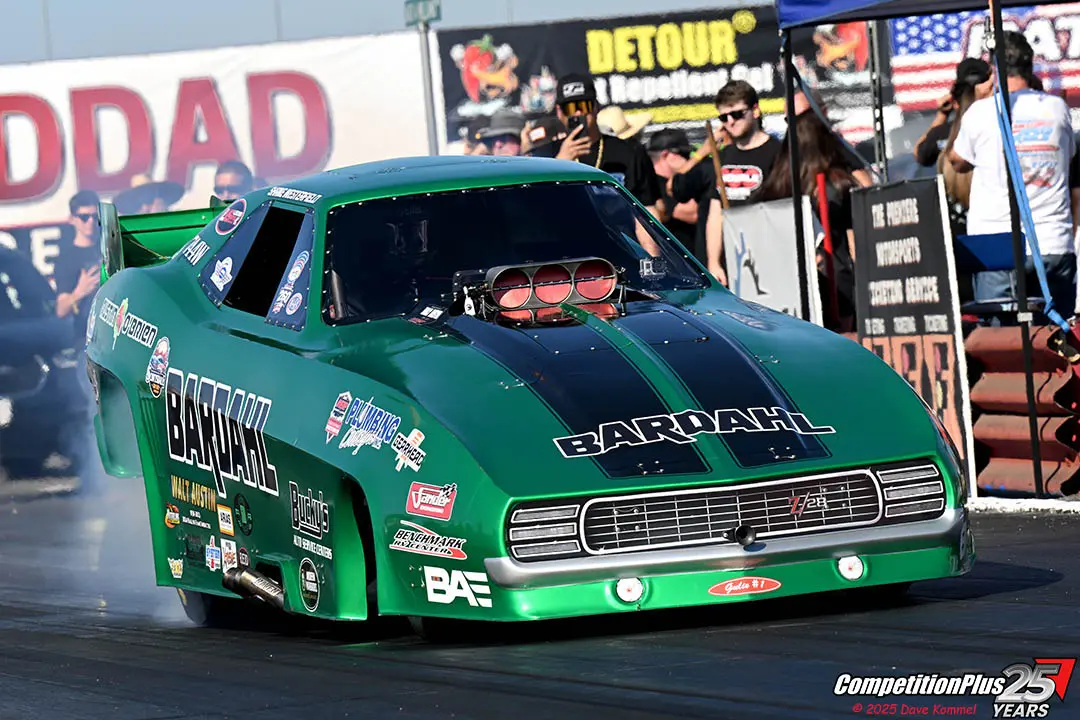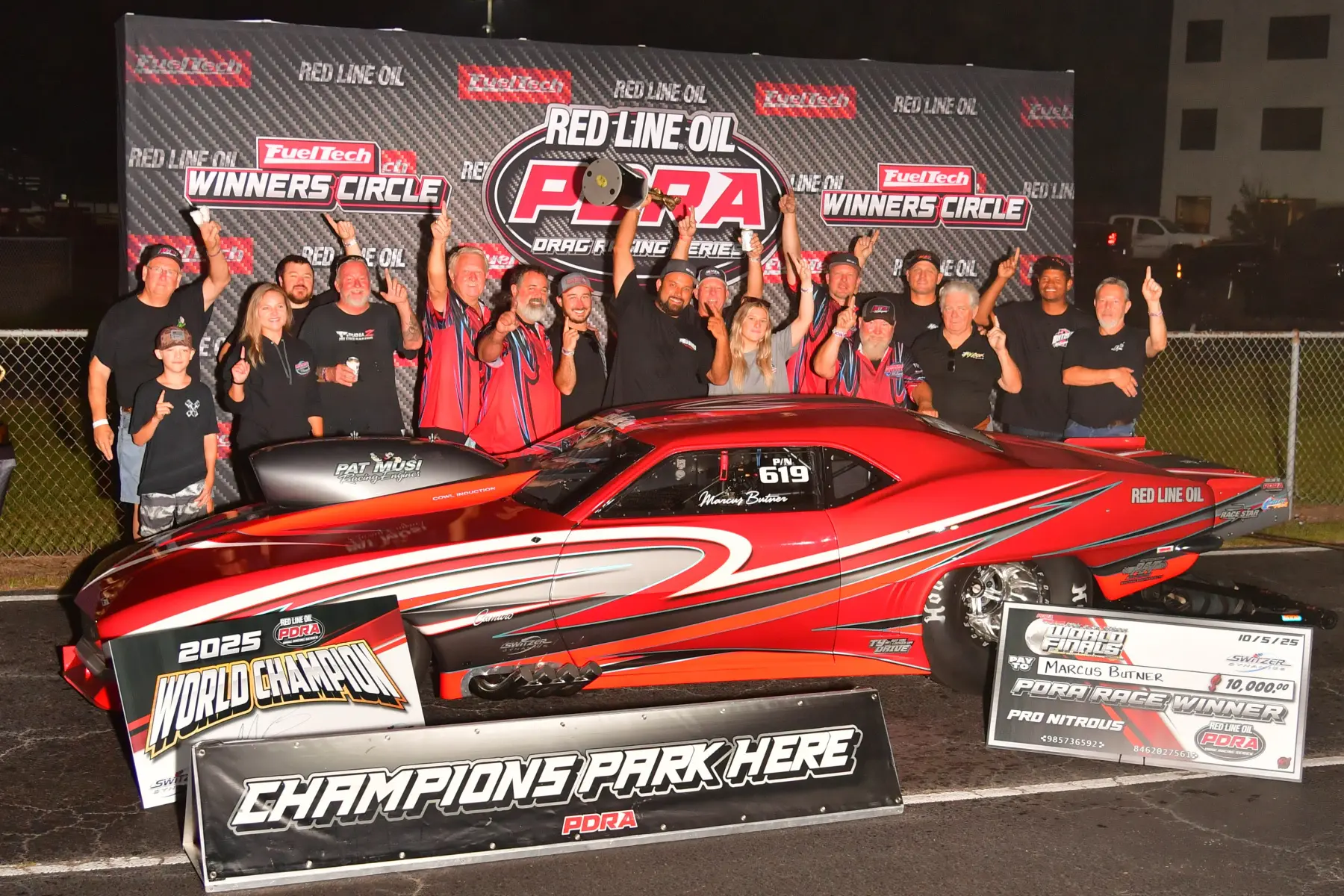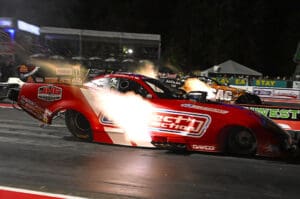Pacific Raceways President Jason Fiorito is more concerned with improving the situation than pointing fingers or simply complaining. But he said Saturday that while he’s thrilled that his expensive second-year night-racing experiment at the dragstrip near Seattle – the NHRA’s oldest after Indianapolis Raceway Park – produced some memorable performances Friday night, he’s not thrilled that the fields aren’t full this weekend.
Only 11 Top Fuel dragster drivers entered over the weekend, the fewest in this race’s 36-year history. The Pro Stock Motorcycle field has just eight entrants. The Funny Car and Pro Stock classes had 18 drivers vying for 16 spots in their respective divisions.
“If I have a gripe, it’s that we have 11 Top Fuel cars here, and that’s got to be managed going forward so that we have full fields. What I don’t like as a promoter is having 11 cars. Even PRO [the Professional Racers and Owners Organization] and the teams will admit that an 11-car Top Fuel field is not ideal. The NHRA will admit that an 11-car Top Fuel field is not ideal,” he said.
He said he recognizes that Seattle is a challenging trip for teams, most of which are headquartered at Brownsburg, Ind., but also from as far as Oklahoma, North Carolina, and Georgia. “It’s a long pull. But we have an obligation as a track, a sanctioning body, and as the racers organization. If we’re going to be on the schedule, it’s got to be a mandatory pull,” Fiorito said.
“And we have to figure out how to make that economically feasible for the teams, the tracks, and the sanctioning bodies,” he said. “We haven’t had a full field in Top Fuel and Funny Car since COVID started. And that’s not OK for our fans. So if I have a gripe, it’s as a promoter. As a track owner, we put a lot out there to put on these events, and we do it for the fans. That same level of commitment has to be shown by the teams to get up here and give the fans a good show both on TV and in our grandstand. So if I have a gripe, it’s that we have 11 [Top Fuel] cars here, and that’s got to be managed going forward so that we have full fields.”
For the second straight year, Fiorito has sunk more than $100,000 into lighting for the NHRA Northwest Nationals so fans can experience night-time racing with spectacular header flames from Top Fuel dragsters and Funny Cars.
And Friday’s single qualifying session for the 12,000-horsepower, nitromethane-guzzling race cars delivered. It produced a dazzling 340-plus-mph blast from Top Fuel speed queen Brittany Force, as well as track records in the Pro Stock and Pro Stock Motorcycle classes. Doug Kalitta came within a thousandth of a second of lowering his Top Fuel elapsed-time track record.
For all the positives from this weekend’s event and from years of developing mutually respectful relationships with all the parties it takes to stage a successful race, one other glaring problem has Fiorito trying to figure out how to put on an entertaining program and stay afloat financially.
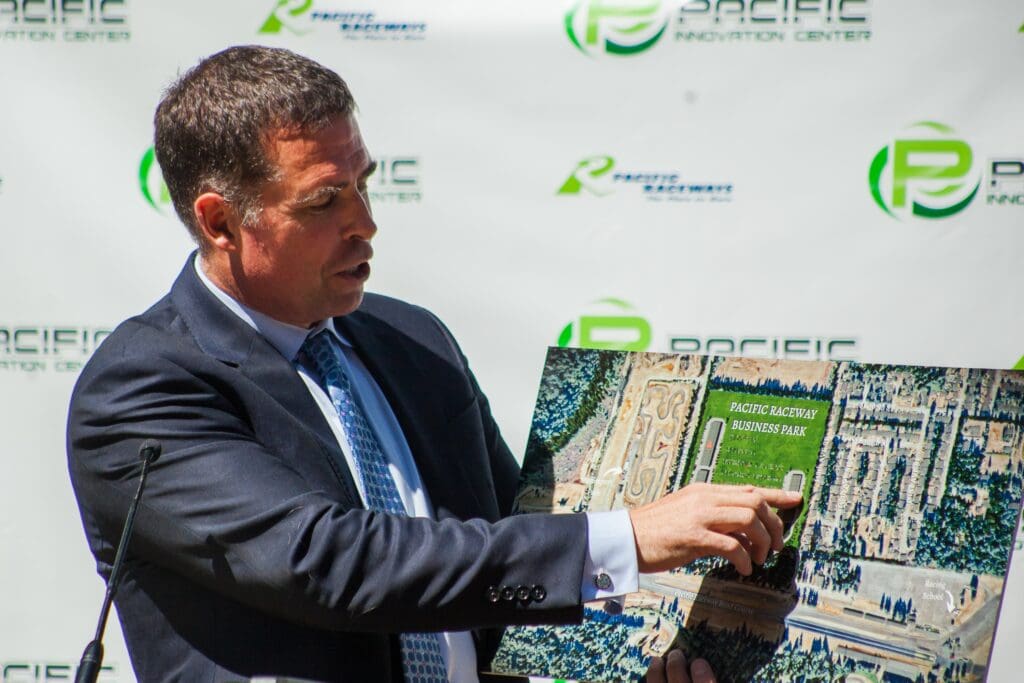

Just two Funny Cars made it down the 1,000-foot course under full power Friday night, and only four of the 11 dragsters made complete passes under power. Fiorito said he recognizes that the cooler temperatures mean ideal conditions, that the racers in each nitro class were vying for $4,000 in bonus money from Deecell Power Systems, and that drivers are supercharged about competing under the lights.
“I realize that when the sun goes down and the track temperature is down and we’ve got cool, dense, moisture-filled air, everybody sets it on kill to try to set a track record or a world record. And I think that was what we watched [Friday] night, is that conditions were so ideal that teams were setting it on kill and they got a little greedy,” Fiorito said. “But from a fan’s perspective, only two Funny Cars made it down and made full passes for our fans. We need to do better. We really do need to do better. And I understand that there are different motivations for all of us that are involved in this sport, but ultimately we’re here to put on a show.”
Fiorito said, “When this event is in the books and we regroup with PRO and NHRA, we’re going to be laying things on the table on how we get full fields and how we put on a show that gets cars down the track.”
From his own viewpoint, he said, “Last year we experienced about a 100-percent increase in attendance on Friday, but everything we increased on Friday was lost on Saturday. And so that was part of the decision that we made: How do we set it up this year so that we can give the fans what they want – the Friday night under the lights – but also incentify them to come back on Saturday? They were missing the first pass, anybody that had to go to work, on Friday night. This is the first opportunity in NHRA history that has four qualifying runs that split up this way,” with one nitro round Friday and three Saturday.
Ultimately, he said, “Part of what we’re trying to do here obviously is make ends meet. That’s a primary goal of any business.” But he’s pragmatic: “If you spread the costs over the three days, because it’s not just a Friday expense, although logistically we only have the lights turned on Friday, but you have to look at this as a whole event. And if at the end of the day we give our fans what they want … which was, ‘We heard the feedback. We want the ability to work on Friday and see all four qualifying runs.’ I think it was good giving folks on Saturday something they’ve never seen before – three full qualifying runs.”
He said Kalitta Motorsports’ Chad Head is his liaison between the racetrack and PRO and that Head told him, “Jason, this is all about the fans. This is going to be tough on the teams. I’m going to hear some grumbling, but we’re here to make the track and the sport successful. And if we have to overwork ourselves on Saturday, we’re going to do it because that’s what’s best for the fans.”
Funny Car veteran Ron Capps echoed that Saturday, saying of the format, “I love it. It’s old-school. We’ll try anything for our fans.”
Fiorito clearly is invested and committed, in his words, “to finding a way to make it economically feasible for all the teams. We can’t put teams out of business. We’re open to anything that allows us to do that. And we’re working with good people on all three corners of that triangle.” He emphasized that the NHRA “has shown themselves to be able to think outside the box.” And he said PRO is an engaged stakeholder. He said he’s optimistic they’ll collaborate for a solution that benefits all parties.






